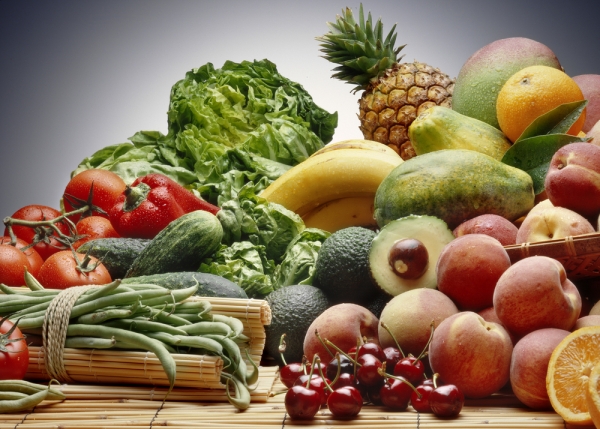If you wanted to find the most nutritious, most diverse diet, where should you go? According to a new ranking from advocacy group Oxfam, you should be traveling to the Netherlands.
Oxfam ranked 125 countries of the world on their citizens’ access to fresh produce, nutritious proteins, and clean water. The anti-poverty nonprofit also looked at whether or not those options were affordable when compared to less healthy options.
“Basically, if you arrive from Mars and design a food system, you couldn’t design a worse one than what we have today on Earth,” Max Lawson of Oxfam told The Salt in an interview. “There is enough food overall in the world to feed everyone. But 900 million people still don’t have enough to eat, and 1 billion people are obese. It’s a crazy situation.”
When compiling the rankings, Lawson and his team found that rich countries have the advantage, since a country’s score depends on food availability. For example, all of the top eight countries is European except for one – France, Switzerland, Denmark, Sweden, Austria, Belgium, Ireland, Italy, Portugal, Luxembourg, and Australia.
The countries that rank the worst are places that are often noted for poverty and hunger – Yemen, Madagascar, Ethiopia, Angola, and Chad.
You’ll notice that the United States isn’t on the best or worst end of the list. That’s because we, along with Japan, tied for 21st. This ranking is in spite of the fact the U.S. has the most cheap food available.
“Food is very, very cheap in the U.S. compared to most countries,” Lawson said. “But the fact is you end up with people malnourished in one of the richest countries because they don’t have access to fresh vegetables at a cheap enough price to make a balanced diet.”
Diet in the U.S. is so skewed that when looking at diabetes and obesity rates in each country, it ranked 120th out of 125. One of the richest countries in the world, with more than enough food to go around, ranks near lowest when it comes to how diet influences health.
This is part of the reason the U.S. has one of the highest obesity rates. There’s healthy food, like fresh produce, to be had, but it may not be as accessible as less healthy options. It’s that problem on a much larger scale that causes countries like Chad and Angola to rank at the bottom of Oxfam’s list.
It all comes down to balance, according to Lawson. He says usually the biggest problem comes from correctly distributing the food.
“People think that hunger is inevitable, but that’s just not true. There is enough food in the world to ensure that nobody goes to bed hungry. Even in countries with famines, there’s still often enough food. Someone is hoarding it, or it hasn’t been distributed.”
Also Read:
3D Food Printers Backed by NASA Could End World Hunger
Supersize Your Salad: How Better Value May Lead to Better Health
Gardening Provides a Bounty of Benefits to Prisons and Public Schools

